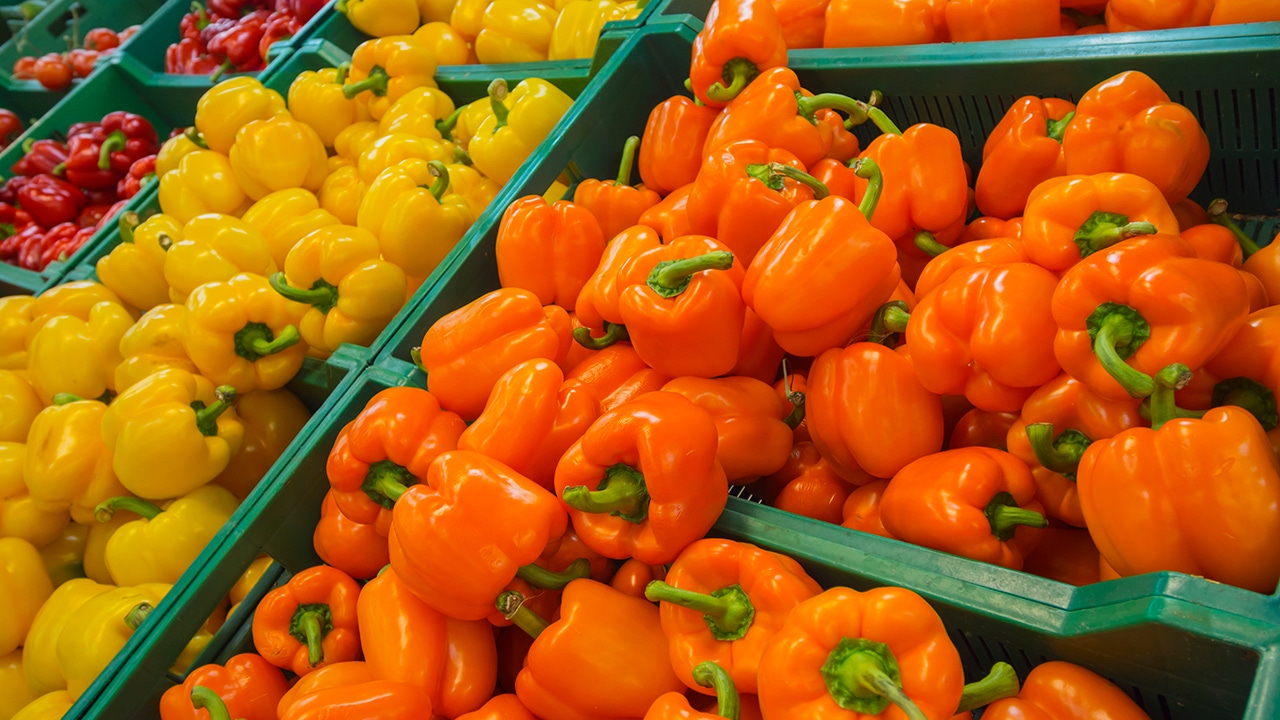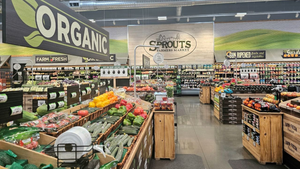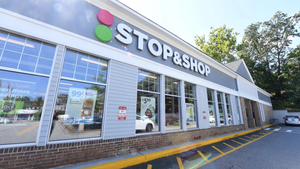How supermarkets can add allure to produceHow supermarkets can add allure to produce
Effective presentations and promotions can ignite interest and activity
September 5, 2024

Appearance is the trump card when it comes to enticing shoppers to boost their produce spending.
Because of the alluring nature of fruits and vegetables, deploying eye-catching displays is vital for spurring impulse purchases, said Anne-Marie Roerink, president of 210 Analytics LLC, a San Antonio-based marketing strategies and market research firm, and author of the Power of Produce 2024 report, published by Arlington, Va.-based FMI — The Food Industry Association.
“Given the visual beauty of produce, the best marketing vehicle is the produce itself,” she said. “In produce, the eyes decide.”
In contrast, poorly maintained displays can alienate shoppers, she said. That includes having soft fruits that are overly ripe with fruit flies buzzing about; bag salads that contain pieces of lettuce that have gone bad; and displays with only the last one or two items.
“The chances of making a sale in those instances are slim to none,” Roerink said. “That means quality and cleanliness are two overriding needs for a high velocity produce department.”
Additionally, price and promotions are key for “driving feet” to the produce area, as are having the right assortments of value-added and organic selections, she said.
Such elements are crucial as fruits and vegetables are powerful magnets for attracting shoppers to stores, Roerink said, “which is why the ‘hot ad’ on the front of the circular or app is often produce items.”
Effective merchandising measures also will include mix and match promotions, in which shoppers can save by combining diverse types of fruits and vegetables, she said. “That is a twist to the traditional buy-one-get-one offer, which is not prevalent in produce given its perishable nature.”
To address produce’s high-price perception, it is important that merchandisers communicate why it makes sense for shoppers to spend more for the products, Roerink said, with a particular emphasis on health benefits.
“While items like citrus fruits are well known for their Vitamin C content, rotating through little nutritional tidbits can be a way to support that slightly larger ring or extra item in the basket,” she said. “Because of nutritional knowledge lacks among Gen Z and Millennial shoppers, TikTok, YouTube, and Instagram are great vehicles for connecting with and providing information to these younger audiences.”
Increasing the number of produce units that shoppers purchase during each shopping excursion is an additional growth opportunity, Roerink said. “Produce is doing well in such fundamentals as households buying, trips, and spend per trip, but consumers still are limiting units because they are hyper focused on limiting food waste and balancing their budgets.”
About the Author
You May Also Like


.webp?width=300&auto=webp&quality=80&disable=upscale)



